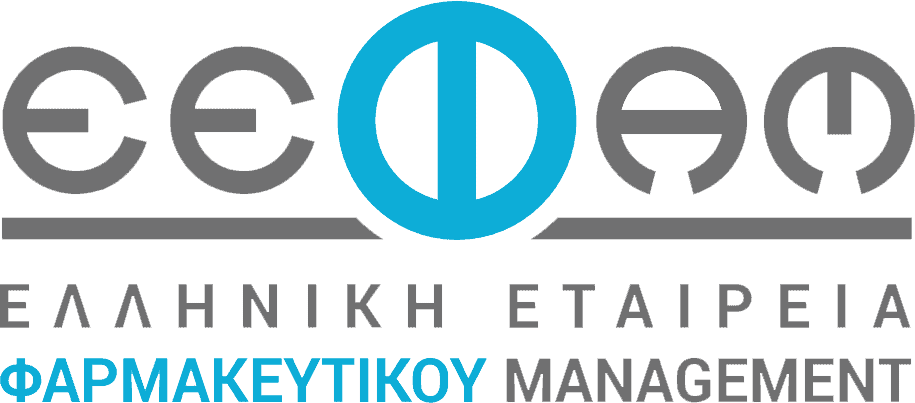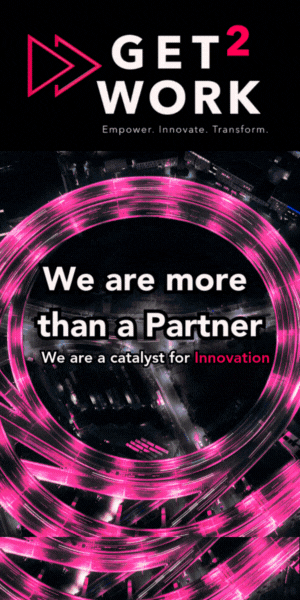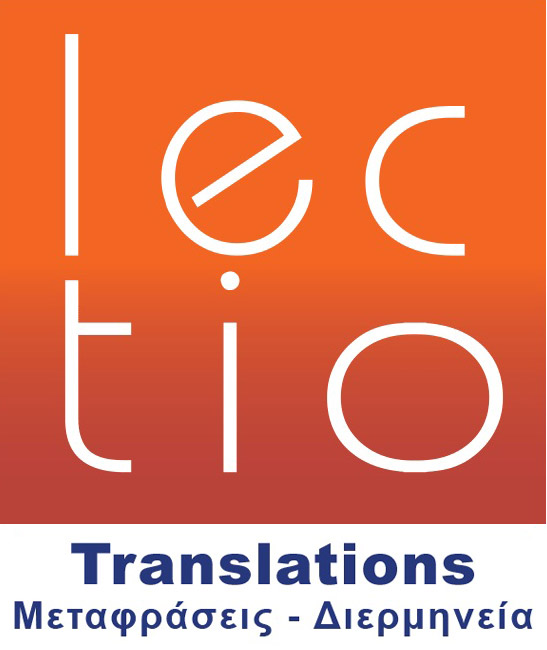Blog
Blog
2023 forecast: The biopharma name changing craze and the shifting sands of corporate branding

This year we saw some major changes to several Big Pharmas’ names, logos and corporate branding and alongside this a slew of biotechs decided to change their names completely. Can we expect this to continue in 2023?
Let’s look back at what happened in 2022. Throughout late summer and early autumn we saw an unprecedented number of biotechs decide to get out the red pen to delete their old names and craft entirely new corporate identities.
In late September, CytRx was one such biotech, becoming LadRx as it looked to rebrand amid a series of trial setbacks and embrace a new leader and a new, and earlier, clinical focus.
Just a week before, smoking cessation health tech company Respira made the same change, though not due to issues within the company, but because it was tired of competing with so many similarly named companies and drugs. To set it apart, the biotech rebranded to Qnovia to differentiate its business.
That change came hot on the heels of COVID-19 drugmaker Adagio changing its name to Invivyd, a decision made amid a series of setbacks in its pipeline this year, and one clearly designed to help reset its past.
Then in late October, Belgian biotech Bone Therapeutics transformed into BioSenic. The move came after the majority buyout of the company’s stock by French biopharma Medsenic.
That merger and corresponding name change was not benign and was forced amid tough times for the biotech. The deal occurred after Bone Therapeutics was forced to slash its C-suite and eviscerate its pipeline, leaving just one asset in midstage testing with very little money in the bank.
Respira is clearly the odd one out here, but the theme is clear: Failures, pipeline culls, C-suite exits all point to a rebrand and reset. While this is nothing new, the sheer number of biotechs making these changes in such a short period of time points to the brand reset becoming a go-to move.
For an industry that literally lives and dies by big bets that can come up snake eyes, the days when a biotech might just slink away, shut down or sell itself off is becoming rarer, as so many continue to hit the rest button and throw another roll of the dice, this time with a new look. Don’t be surprised if that becomes the playbook for 2023.
Pharma taps tech identity for new look
What’s happening in pharma, which can much more easily brush off flops and executive changes given their size, is linked more to how they want to be seen.
Given the much larger spotlight shining on the biggest pharma companies, their corporate identities are incredibly important, especially now when COVID-19 has forced the industry, which used to be happy living in the shadows and letting its products do the talking, to take a more central role as the public is beginning to see the likes of Pfizer and Moderna as they do Apple and Twitter.
Pfizer in fact started the Big Pharma logo switch trend in early 2021, revealing the culling of its old logo, which was a very simple pill image, to one based more in science with the staid blue oval pill background being replaced by a two-tone blue double helix spiral.
In 2022, both Sanofi and GSK took a similar path with new logos but also name changes. Sanofi dropped the Pasteur and Genzyme from its old business units to unite the company under the Sanofi umbrella, while GSK undertook a more extreme slimming down, cutting GlaxoSmithKline to just GSK.
Both of these represent a more streamlined approach to corporate branding, but both also show up a dovetailing with the tech world, which enjoys acronyms and simplicity over the sort of fussiness we have seen with Sanofi-Genzyme and GlaxoSmithKline.
Both too threw out their old logos and came in with new, and again tech-inspired rebrands. Sanofi’s original all-caps SANOFI logo, that came with a tired-looking circle of colored birds above the name is no more, replaced with “sanofi” now in lowercase, deliberately following the softer approach major technology companies use.
The birds have flown the logo nest too and instead, the tail end of the ‘s’ in Sanofi is slightly cut off and has a purple dot just at the edge. It’s what Sanofi calls the “emerging ‘s’” and it comes with the “echo of a question mark,” highlighting its quest for knowledge.
And GSK had a similar idea but took the reverse decision. It moved its logo from a lowercase “gsk” that was encased within what always looked like an orange guitar pick and went all caps to GSK. It kept the orange hue but put that within the GSK text and removed it from the background.
That text is also pinched at one point on each of the three letters that show up as curves. GSK told Fierce Pharma Marketing in an interview this year that these “evoke the highly adaptable nature of the human immune system, acting as a reminder of the constant need to evolve and adapt.”
While Sanofi’s change was very much corporate in nature, GSK’s largely came about as a result of the creation of Haleon, GSK’s old consumer business it spun off this year, leaving a more slim-lined company with a greater focus on pharma R&D.
I would not be surprised to see more Big Pharmas seek rebrands in 2023. We saw Pfizer start this new revolution in 2021 with GSK and Sanofi following suit this year, the likelihood of another top 10 Big Pharma undertaking a similar tact in 2023 is high.
Πηγή: fiercepharma.com





